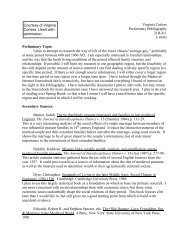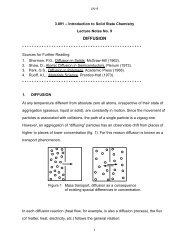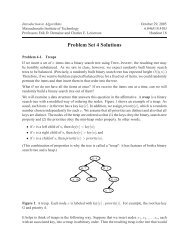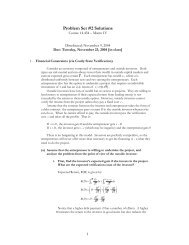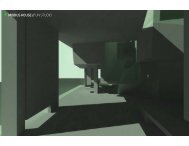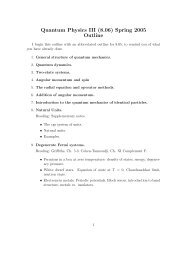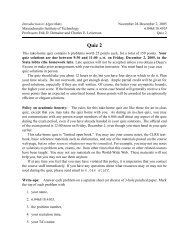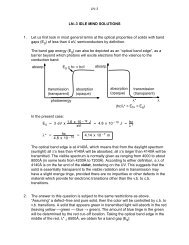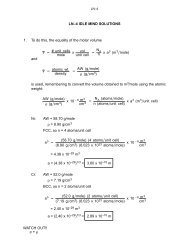3.091 â Introduction to Solid State Chemistry Lecture Notes No. 2 ...
3.091 â Introduction to Solid State Chemistry Lecture Notes No. 2 ...
3.091 â Introduction to Solid State Chemistry Lecture Notes No. 2 ...
- No tags were found...
Create successful ePaper yourself
Turn your PDF publications into a flip-book with our unique Google optimized e-Paper software.
LN–28. Write the chemical formulas for the ionic compound formed by interaction of theelements:(1) calcium and fluorine (6) cesium and bromine(2) aluminum and chlorine (7) strontium and selenium(3) potassium and sulfur (8) copper and chlorine(4) iron and oxygen (9) cobalt and fluorine(5) zinc and chlorine (10) titanium and oxygen9. Attempt <strong>to</strong> account for the following properties of an ionic material:(a) transparent(b) insula<strong>to</strong>rs (electric)(c) conduc<strong>to</strong>rs (electric)[<strong>No</strong> more than a sketch (if you wish) and four lines of text/answer.]10. Hydrogen and selenium react with each other <strong>to</strong> form a compound.(a) What is the chemical formula of the compound?(b) At room temperature, do you expect this compound <strong>to</strong> be a solid, a liquid ora gas? Substantiate your answer.11. Four elements, coded A, B, C and D, form a series of compounds: AB, B 2 , CB 3 ,DB 2 and DB 3 . The a<strong>to</strong>mic numbers (Z) of the elements, not necessarily in theorder given, are 13, 19, 26 and 35.(a) Using this information and the Periodic Table, identify the elements A, B, Cand D.(b) For each of the compounds listed give the type of bonding involved.12. Hydrogen (H) and sulfur (S) react with each other and form a compound.(a) Give a reasonable chemical formula for the reaction product.(b) Do you expect the molecule <strong>to</strong> be linear or not? If not, suggest a bond anglefor the bonds between the reactant a<strong>to</strong>ms.(c) At room temperature do you expect the compound <strong>to</strong> be a solid, a liquid or agas? (Rationalize your answer.)13. Explain why hydrogen selenide (H 2 Se) is a gas while the homologue compound,H 2 O, is a liquid.31


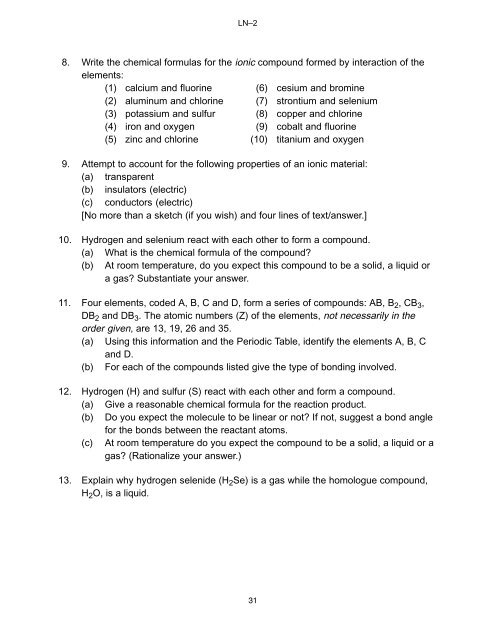
![18.03 Class 21, April 3 Fun with Fourier series [1] If f(t) is any decent ...](https://img.yumpu.com/51148985/1/190x245/1803-class-21-april-3-fun-with-fourier-series-1-if-ft-is-any-decent-.jpg?quality=85)

